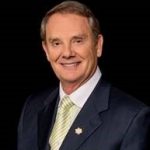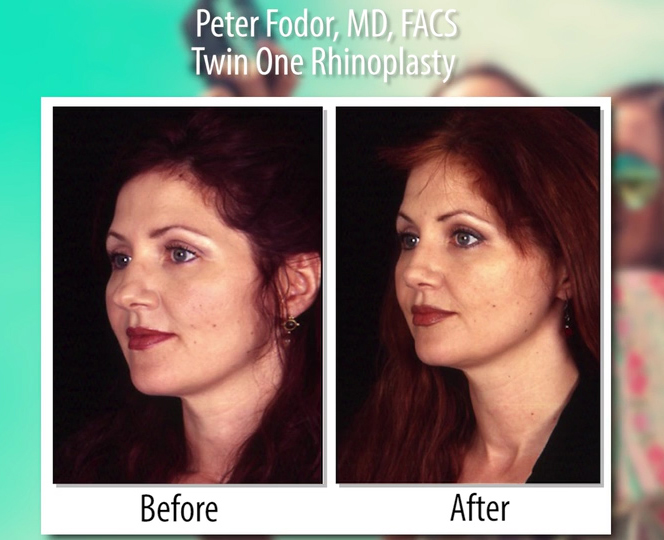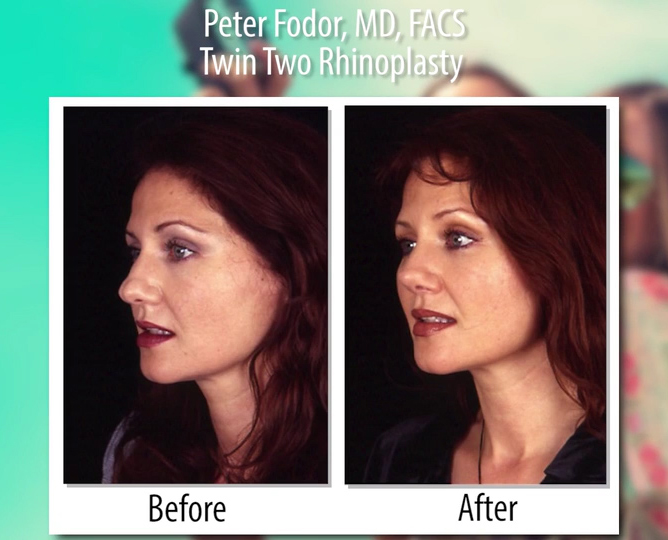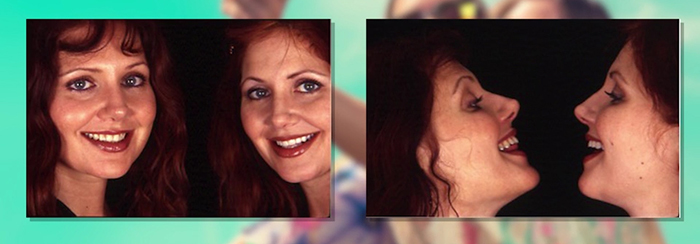Although the birth rate for twins has risen dramatically since 2009 to about 1 in every 38 births, the birth rate for identical twins is significantly more rare, about 1 in every 285 births. The result of a single egg that splits in two, identical twins share more than just their DNA. Emotionally and physically, identical twins can be so alike that people can’t tell them apart, which can make the job of a plastic surgeon operating on identical twins extremely challenging. Dr. Peter Fodor, an international leader in the field of aesthetic plastic surgery who has operated on a number of identical twins in his Los Angeles, CA practice, shares some of these challenges.
by Katherine Stuart
and Peter Fodor, MD
Almost a No-Win Situation
While all twins gestate together in the same womb, often speaking without words, identical twins go one step further. They share DNA, making them physically the same. This can create a very interesting, but challenging situation for a plastic surgeon. Emotionally, most identical twins adore each other, in Dr. Fodor’s experience, and want to be the same in every respect from voice to dress to what they eat. There’s even a set of twins in Australia who share the same boyfriend. For twins such as this, if a plastic surgeon doesn’t make them exactly the same then he or she has failed. However, there’s also a smaller sub group of identical twins who are extremely competitive and don’t really like each other at all. They, too, want to look exactly the same post surgery or else their competitiveness will escalate. This can create a bit of a no-win situation. As Fodor puts it, “Identical twins – whether they love each other or don’t like each other quite as much – you better make them look identical after surgery.”
Two Twins at Once
In order to ensure the most successful outcome possible, Fodor likes to work on both twins ideally – assuming the procedures aren’t too long -on the same day. For example, if he’s performing a rhinoplasty, he will do the first twin’s nose, followed by the second twin’s nose, making sure to go through exactly the same steps in exactly the same order. But some procedures have more predictable results than others. A breast augmentation performed with the same size implant will deliver similar results while a nose job can be more difficult partly due to facial asymmetry.
Facial Asymmetry is the Norm
Everyone’s face is asymmetrical. If you take a photo of a patient and split it down the middle, the right and left side won’t match up. In fact, Dr. Fodor has a trick mirror in his office that he uses with patients where one side is a regular mirror, and the other is a prism mirror that reverses the right and left sides of the face. Most patients don’t recognize themselves in the prism mirror. “The two sides of the face oftentimes though they look very similar, they’re not identical,” explains Fodor. This is true for twins as well.
Twins and Facial Aging
Aging identical twins are also fascinating since they often don’t age at the same rate due to lifestyle choices. In fact, a 2009 study used identical twins to determine which outside factors contribute most to facial aging. The main culprits were smoking and sun exposure. This definitely comes into play for Fodor when he’s performing a facelift on identical twins. For him, the most fascinating thing is following up with these patients years down the road and seeing whether or not changes such as stopping smoking will cause them to age at the same rate again.
Needless to say, working on identical twins may be technically challenging, but it’s also a fascinating learning experience for any plastic surgeon.


















Facebook
Twitter
Instagram
YouTube
RSS